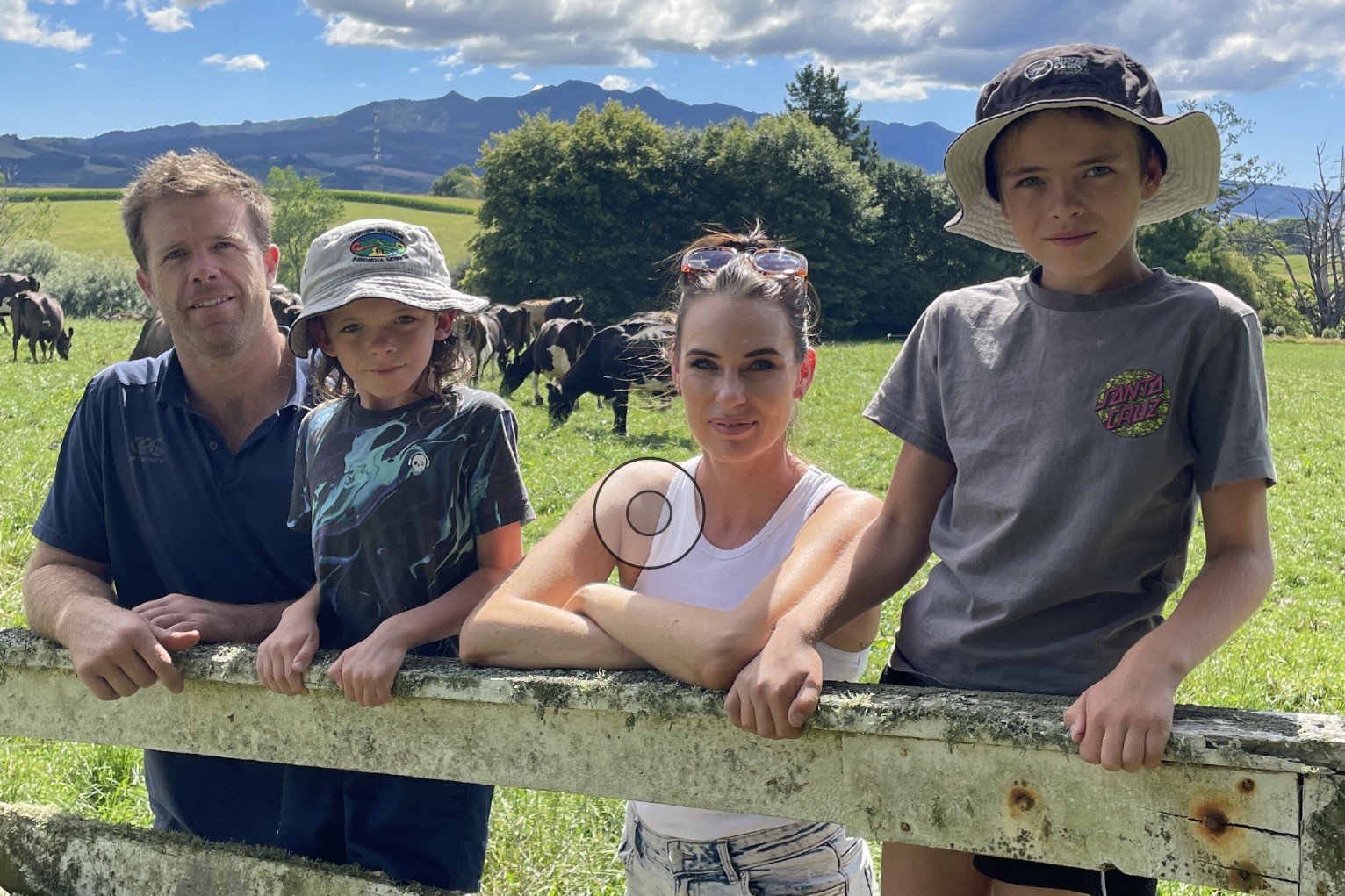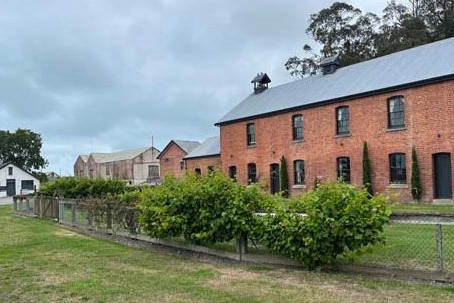Catch crops are showing promise at soaking up nitrogen leachate. Anne Lee reports.
A paddock-scale study on working farms in Canterbury and Southland looking at the use of catch crops following winter grazing is confirming their abilities to soak up nitrogen while revealing some exciting new ways to practically get the crops in.
Lincoln Agritech field researcher Dr Peter Carey told the Fertiliser and Lime Research Centre annual workshop in February that the first year of a three-year study has shown that the best results in terms of nitrogen uptake come when the crops are sown as early as possible and if they’re established using direct drilling methods if possible.
He and his co-researchers from Plant and Food, Dr Brendon Malcolm and Shane Maley, have carried out the Sustainable Farming Fund and industry collaborator-funded work on farms at four sites – Hororata, Te Pirita, Mossburn and Gore.
The aim was to scale up the research they’d been involved with which had been carried out at a plot or lysimeter scale.

“When you’re asking farmers to take up this kind of research they need to see that it works in practice at a farm scale and see how it can be done in varying soil types, soil conditions and climates.”
Carey said they looked at different catch crops including oats, triticale, Italian ryegrass and ryecorn recording their drymatter (DM) production and nitrogen uptake.
They also looked at different ways of establishing the crop and measured soil nitrogen levels – comparing leaving the paddock fallow until spring in some cases with direct drilling, conventional cultivation and the more innovative spader drill.
“Where soil conditions don’t allow, conventional tillage technology like the spader drill may be “ground-breaking,” (pun intended!) Carey said.
The drill works with the tractor hydraulics to essentially push the tractor forward allowing it to deal with wet ground conditions.
It also cultivates the soil at the same time with structures that “literally spade the soil and turn it over as it goes,” Carey said.
“The result is quite spectacular really. It buries the water in a way and turns a wet piece of ground into what looks like a normal seed bed with the seed sown.”
That all happens with just one pass.
The drill had been used on a site near Gore where it allowed the catch crop to be sown after fodder beet on July 2, more than seven weeks before conventional tillage could allow it to be sown.
That gave the spader drill-sown crop a huge head start which was reflected in the nitrogen uptake of the catch crop and the drymatter produced. (Figure one)
It also meant significantly less soil mineral nitrogen was measured in the soil once the crops were fully harvested in early December. (Figure two)
Carey says the spader drill is new technology for New Zealand and given its spading action on the soil he wouldn’t advise repeated use of the drill on the same paddock year after year because of its likely impact on soil structure.
“I think the need for a restorative period would mean not returning to that paddock for three to four years but it really could be a game-changer for getting these crops in, particularly on heavier soils in the south.”
The research team also compared establishment methods at Hororata, looking at cultivation, direct drilling and comparing them with an area left fallow.
They carried out the study on two paddocks – one coming out of fodder beet and the other out of kale with the kale paddock receiving pig effluent in April.
Both paddocks had a shallow, well-drained, Lismore then loam soil type.
There was a six-week gap between cultivating the soil and drilling it and Carey said the crop established with conventional cultivation got away earlier thanks to a good seed bed.
Early drymatter production was therefore greater but by early November harvest yields weren’t significantly different.
But the results showed the effects of cultivation on soil nitrogen with the release of nitrogen through mineralisation and the consequent huge uptake of nitrogen by the catch crop.
“The N uptake was a staggering 360kg N/ha by the crop – it still had about 3.5% N by the time we harvested it.”
The soil nitrogen measurements taken just before sowing – so after cultivation – there was more than 400kg N/ha released in the top 15cm of soil due to the effluent application and the cultivation process.
Even after the catch crop was harvested the soil that had been cultivated had a greater soil mineral nitrogen level than the soil left fallow. (Figure three)
The catch crop established with direct drilling had a significantly lower soil mineral nitrogen level.
In Te Pirita three crops were compared – oats, triticale and Italian ryegrass.
The oats made a good start and by November 20 yielded about 12 tonnes DM/ha with the triticale producing 10t DM/ha and the Italian ryegrass 6t DM/ha.
In terms of nitrogen uptake oats outperformed the others at about 200kg N/ha although that wasn’t statistically significantly higher than the triticale at 183kg N/ha. Italian ryegrass was at 140kg N/ha.
Compared with leaving the paddock fallow all the species significantly reduced the amount of mineral nitrogen in the soil to the top 30cm.
The fallow area had a mineral nitrogen level of 126kg N/ha with the oats and triticale slashing that to close to 45kg N/ha and the Italian ryegrass 60kg N/ha.
At Mossburn the soil conditions meant the four crops compared couldn’t be sown until August 21 and the oats were out performed by the triticale and ryecorn in terms of both drymatter production and nitrogen uptake.
Carey said higher sowing rates had also proven to be effective at helping achieve a faster crop canopy closure – increasing yields and the ability of the plants to take up more nitrogen.
He advised farmers – use direct drilling if possible, sow as early as possible and use new technologies such as the spader drill if available, if soil physical conditions are difficult.





